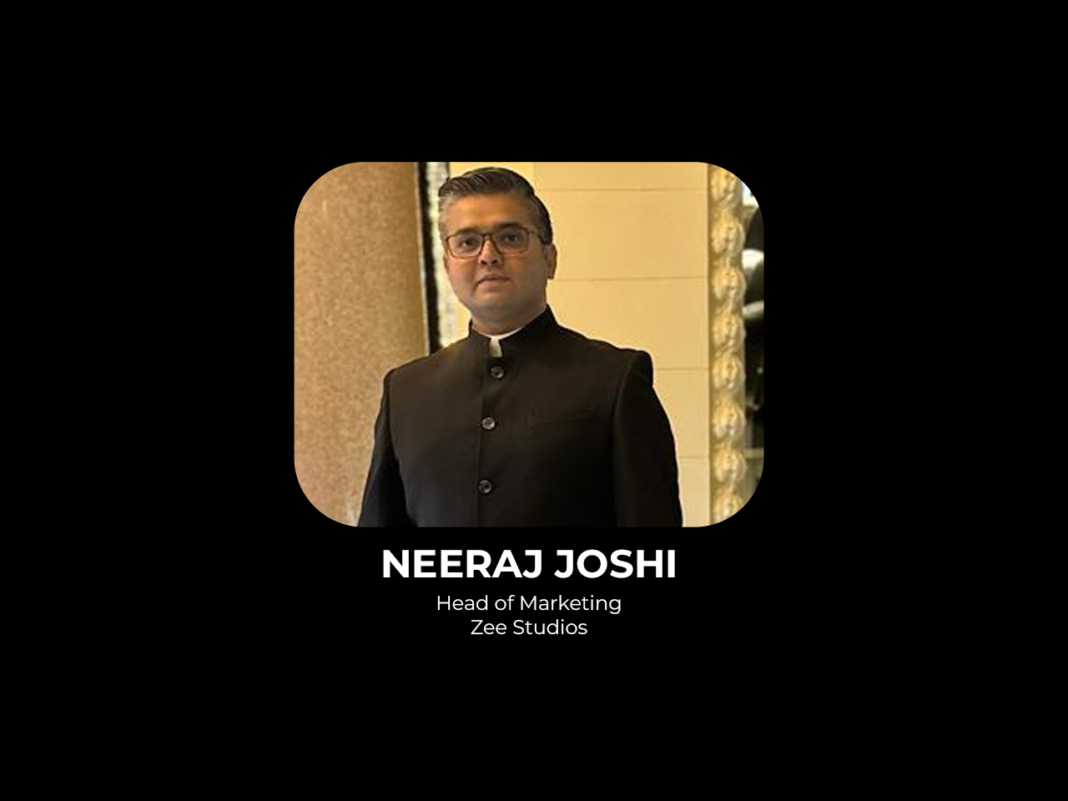2024 has been a good year for Hollywood with nearly 600 releases and box office numbers on the road to recovery to their pre-COVID levels; albeit with lower content risks or lower content marketing risks or both. Audiences roared back in theatres to relive the magic of the silver screen. Superheroes (Guardians of the Galaxy Vol.
3, Spiderman: Across the Spider-Verse, Ant-man & the Wasp: Quantumania), video game characters (Super Mario Bros. Movie), toys (Barbie), sequels (Mission Impossible – Dead Reckoning Part One, Guardians of the Galaxy Vol 3. , Fast X) and reboots (Little Mermaid & Elemental – arguably) dominate the top ten list – along with the biopic Oppenheimer.
Almost all of the top 10 titles came with their own proven track record, embedded familiarity and credibility. With the entry constraint lowered into the audience’s consciousness, came some mega challenges of delivering peak performance. And that’s when Hollywood is at its roaring best.
Here are a few lessons Hollywood marketing taught us in 2024: Barbie and Oppenheimer releasing the same day resulted in a classical narrative of who’s going to win the box office race. While this is a standard narrative across the world, what we usually don’t realise is that audiences CAN like two movies or more at the same time! From a marketing standpoint, none of the films tried to undo the others’ hard work; no trolling fans; no planting negative stories; no slander. Oppenheimer stuck with its mysterious promos while Barbie swept the internet with its ‘poppiness’.
This allowed both films to run their campaigns as distinctly as they needed to be – and resulted in what started off as a meme in ‘Barbenheimer’ (and the less popular – ‘Oppenbie’) became a pop-culture phenomenon. In a rare act of film solidarity, moviegoers meme’d their viewing order, not choosing between rivals but crafting their own cinematic mashup. Other celebs joined in and what resulted was the 4th largest weekend in the history of Hollywood.
Barbie needed to create a world unaffected by the real world – where countries are at war and urban migration and climate change are everyday issues. Above all, they needed to make this world believable and in order to achieve this Hollywood did things they do best. Over 30 brand tie-ins made sure that it wasn’t just the studio drawing you into the ‘Barbie world’ but at least 30 additional marketing teams lending their support to further the narrative.
It’s an age-old story but deserves a mention – Indian entertainment has to up its ‘allied-product’ game. From console games to wearables; the potential is big but needs continuous focus and effort. Mission Impossible was a TV show before it was a film series; Fast & Furious is a remake of a B-movie by the same title; Little Mermaid is a case study in diversity representation in Cinema; Guardians of The Galaxy and Fast & Furious were adapted into animations post the first few cinematic parts.
Indian film-makers and IP creators/owners need to be less transactional in mindset and more focused on creating a longer lifecycle for their content. Surface-level content won’t cut it anymore. We need to delve deeper, like Hollywood does, to truly engage audiences.
Formulas work. Nostalgia works. As our generations blend in with each other – culture takes a centre stage; and relegates strategy to an executional position.
There’s a reason why the top-grossing films from Hollywood and India this year are seeming ‘more of the same’. All Major Studios have been fighting to get strong occupancies in theatres since the world reopening post covid. The need to reassure audiences of the entertainment quotient in films was greater than ever – and that’s what Hollywood (and the Indian Film Industry as well to a large extent) has excelled at this year.
What’s not broken, needs no fixing and as a future ‘note to self’ – we should remember to embrace legacy films; construct smart sequels and milk the brand for its inherent value – consistently. It’s these mega events that will fund the independent voices. Familiarity needs constant reinforcement.
While easily identifiable titles dominated most of the top ten, it’s the final mile power surge that truly unites them. Except for perhaps ‘/Oppenheimer’ and ‘Elemental’, all top ten films boasted marketing budgets equal to or exceeding their production costs. As uncomfortable as it may be for some CXOs, a strong marketing spend demonstrably translates to higher ticket sales and unlocks greater lifecycle value for content brands.
Case in point – HUL’s advertising spend – a personal indicator of market health has been steadily rising, nearing pre-pandemic levels. While not directly related – their move is to counter competition rising from local players to direct-to-consumer brands selling online. The OTT boom has led to multiple, on-demand entertainment options.
Entertainment, which is a more discretionary spend at a mass level, will need to be looked at from a wider lens – subsequently demanding higher, stronger and larger media deployment. While Hollywood taught us valuable lessons, their message of collaboration, innovation, and embracing the power of nostalgia at a broader narrative shift. Audiences seek deeper engagement, Indian entertainment must elevate its game, and global content is blurring borders.
By investing in strong marketing, building lasting connections with fans, and nurturing diverse voices, Indian entertainment can carve its own path to be the one giving Hollywood some cues. This article is penned by Neeraj Joshi, Head of Marketing at Zee Studios. Disclaimer: The article features the opinion of the author and does not necessarily reflect the stance of the publication.
.
From: socialsamosa
URL: https://www.socialsamosa.com/guest-post/opinion-decoding-hollywood-marketing-neeraj-joshi-zee-studios-2319595



